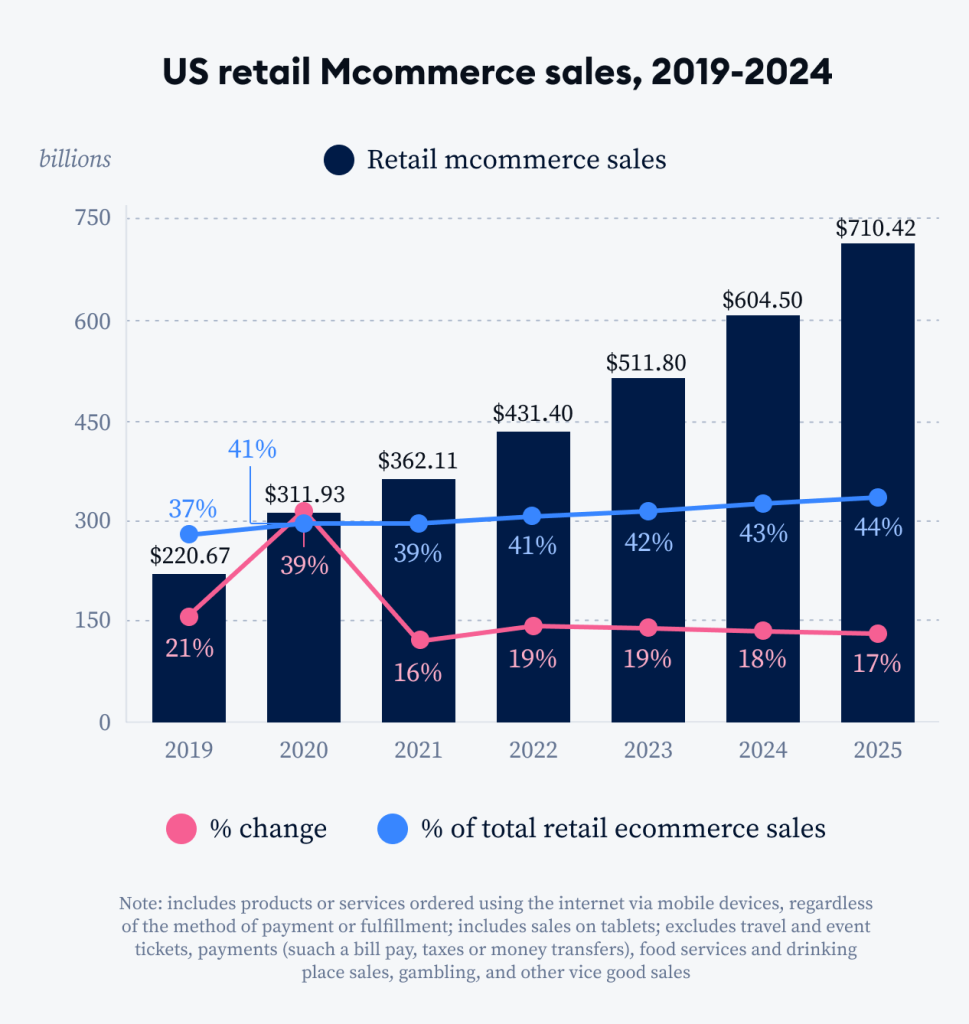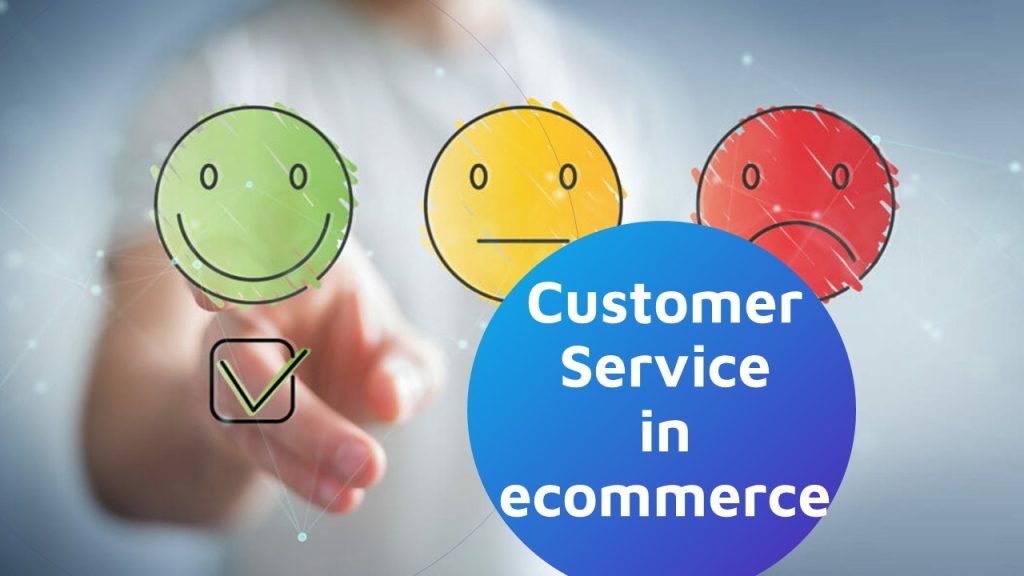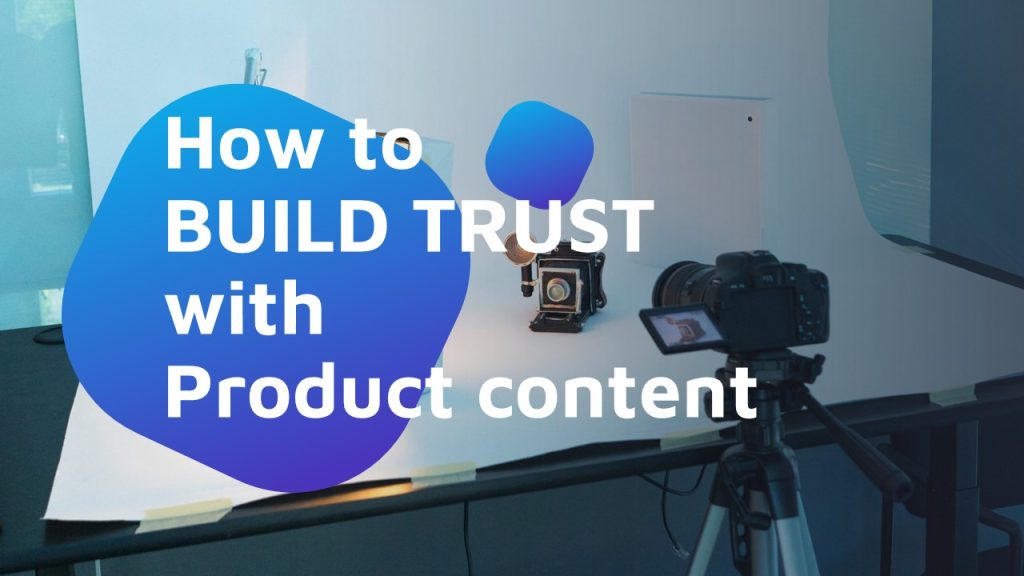Ecommerce moves fast, and many businesses wind up running after every change in the algorithm to remain in the frontline. Indeed, the algorithm changes constantly, making it a proper job to optimize their SEO for product content in order to stand out in search results and conversions.
As product content experts and ecommerce specialists, we work hand in hand with a trusted SEO agency to make sure our final deliveries are a plug-and-play solution to our clients, whether it is on Google, Amazon, or crowdfunding platforms like Kickstarter or Indiegogo.
This is a post about the vital role of keywords in product content for ecommerce, and how to optimize the SEO of product content, to increase your positioning, attract more traffic, and get higher conversions.
How can you optimize your SEO for product content?
SEO is a long-term thing that needs to be regularly checked and updated, because as new products appear, markets change, and people always find new ways to find what they look for.
Because SEO is not just about bidding for keywords that match exactly with a given query, but about giving Google’s data crawlers the information needed to process a website’s content and display it as a search result.
Keyword research
Research is the very foundation of any marketing action, and SEO is no less. This involves spotting and targeting the right keywords and, more importantly, matching the search intent of your target audience. Keyword research is the key optimize your product titles, descriptions, and other content and having a competitive website.
As suggested in our recent post about voice search optimization, long-tail keywords are a sure bet: they are more natural, have lower competition and a higher conversion potential.
Use tools like Google’s Keyword Planner, AHREFS, SEMrush, and Moz Keyword Explorer to find and analyze keywords, their search volumes, and competitiveness.
Optimize your page’s copy

Product titles, descriptions, and snippets are vital components of a product page because they make the first impact upon a query. Craft compelling copy that includes your chosen keywords. Make sure they accurately describe your product and they attractive to those who run into it.
Now, when writing your product descriptions, focus on detailed and informative content to highlight its USPs, benefits, and specifications.
Structure your content into clear headings and use bullet points to make it easy to scan and read for both humans and search engines.
Metadata optimization
Some elements in a website improve its visibility in search engine results and are worth paying attention to. We have seen small businesses fail despite having very promising ideas and pretty decent websites for not paying attention to them. I’m talking about optimizing the metadata across the entire website. Again, this includes snippets (title tags and metadescriptions), the URL structure, headers (H1, H2, etc.), and image ALT text. Make sure they also include the relevant keywords, so the page’s content (images included!) is properly read by search engines. After all, this is what SEO is all about!
Also, make sure your website loads fast and is mobile responsive to provide a seamless user experience. The penalties for slow websites have baaaad impact on both search engine rankings and user satisfaction (more on this, below).
Benefit from User-Generated Content (UGC)
User-generated content (UGC) has a powerful impact in SEO and product content strategies, as it affects brands’ visibility. If you encourage your customers to leave reviews, ratings, and testimonials you can significantly improve your ranking on search results, thus building trust among your potential buyers and increasing your brand reputation. UGC provides fresh and unique content that is highly valued by search engines, as well as social proof for potential customers.
Use customer reviews and testimonials in your product pages, and don’t be afraid to ask every customer for one, in your “Thank you” email. This way you’ll be enhancing your products’ visibility and credibility.
Last but not least, don’t forget to respond to customer feedback: not only will you prove your commitment to their satisfaction, but also get valuable insights for potential improvement.
Mobile optimization
The world is mobile, and so is product content. This is non-negotiable. With a growing number of users shopping on their smartphones and tablets, search engines prioritize mobile-friendly websites in their rankings. Providing a seamless mobile experience not only improves search engine rankings but also enhances user engagement and conversion rates.

Make sure your website’s design is fully responsive and adapts seamlessly to different screen sizes. Most website builders do this with very little effort, yet double-checking is always recommended. What you can do is adapt your images to the actual size of the displays, and a good idea to do that is to analyze your metric reports to spot the most used devices.
Briefly speaking, a page’s layout has columns and frames with specific heights and widths for desktop, tablet, and phone. Thus, not adapting your imagery for every device will drastically affect your website’s loading speed and user experience. This is a widespread mistake in ecommerce, often resulting in high bounce rates and poor reputation.
Here are a few essentials to get through this:
- Phones are used vertically, whereas desktop screens are horizontal. Thus, make sure your images have the right orientation.
- Use the right image size for each device. Large-sized pictures, say a 2000px image for desktop, are extremely heavy for the size of a mobile phone that displays 900px images.
- Make sure to get the page’s layout right and test everything from as many devices as possible.
- Use JPEG only, as it provides the best compression keeping the highest quality with the lowest weight.
At Content2Sell we specialize in making high-quality, localized product content that is ready to use and boost your cross-border sales. Every single detail is considered for your product to sell itself.
Work a backlink-building strategy
Backlinks play a significant role in SEO, as they tell search engines how credible your website is in what is called “Authority”. Getting high-quality backlinks from reputed brands increases your website’s trustworthiness in the eyes of search engines and therefore, the world.
The goal then is to create interesting and shareable content that attracts natural backlinks from relevant websites. Influencers, industry experts, and bloggers are a great way to amplify your reach and get valuable backlinks with little investment. Other actions such as guest posts and participating in discussions and communities can help you show expertise and build backlinks to establish your brand as an authoritative voice.
Measure and analyze
Whether you are testing a business idea or venturing into new markets, metrics are essential to know a company’s real performance. While specific platforms often provide statistic reports, Google Analytics is the go-to reference to track key metrics like organic traffic, bounce rates, conversion rates, and keyword rankings.
Important decisions should always be data-driven, and the optimization of your product content is no less. Keep an eye on changes in the algorithms and industry trends.

Continuous content optimization
Because languages are living, dynamic, and in constant evolution, SEO for product content is an ongoing process. Therefore, it should be checked and optimized regularly.
Regularly audit and optimize your existing product content to ensure it remains relevant, accurate, and aligned with search engine guidelines. Update outdated information, refresh keywords, and incorporate new trends and customer insights into your content strategy.
Incorporate rich media elements such as images, videos, and interactive elements into your product content. These not only enhance user engagement but also contribute to improved SEO by increasing time spent on the page and reducing bounce rates.
Conclusion
SEO is pivotal to increasing the visibility and sales of your business. And there are plenty of affordable tools providing all the relevant information to optimize SEO for product content.
Using them is not an option, as missing a highly-used keyword can result in dramatic losses. The benefits are well worth though: a higher search engine ranking, attracting more and better traffic, and driving higher conversions. From thorough keyword research and properly structuring content, to crafting concise and compelling snippets, every aspect of your product content should aim at enhancing search engine visibility and user experience.




